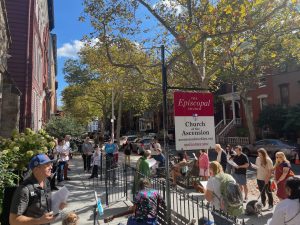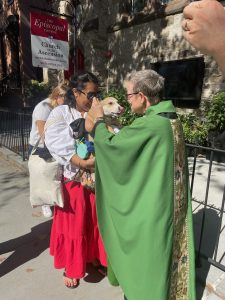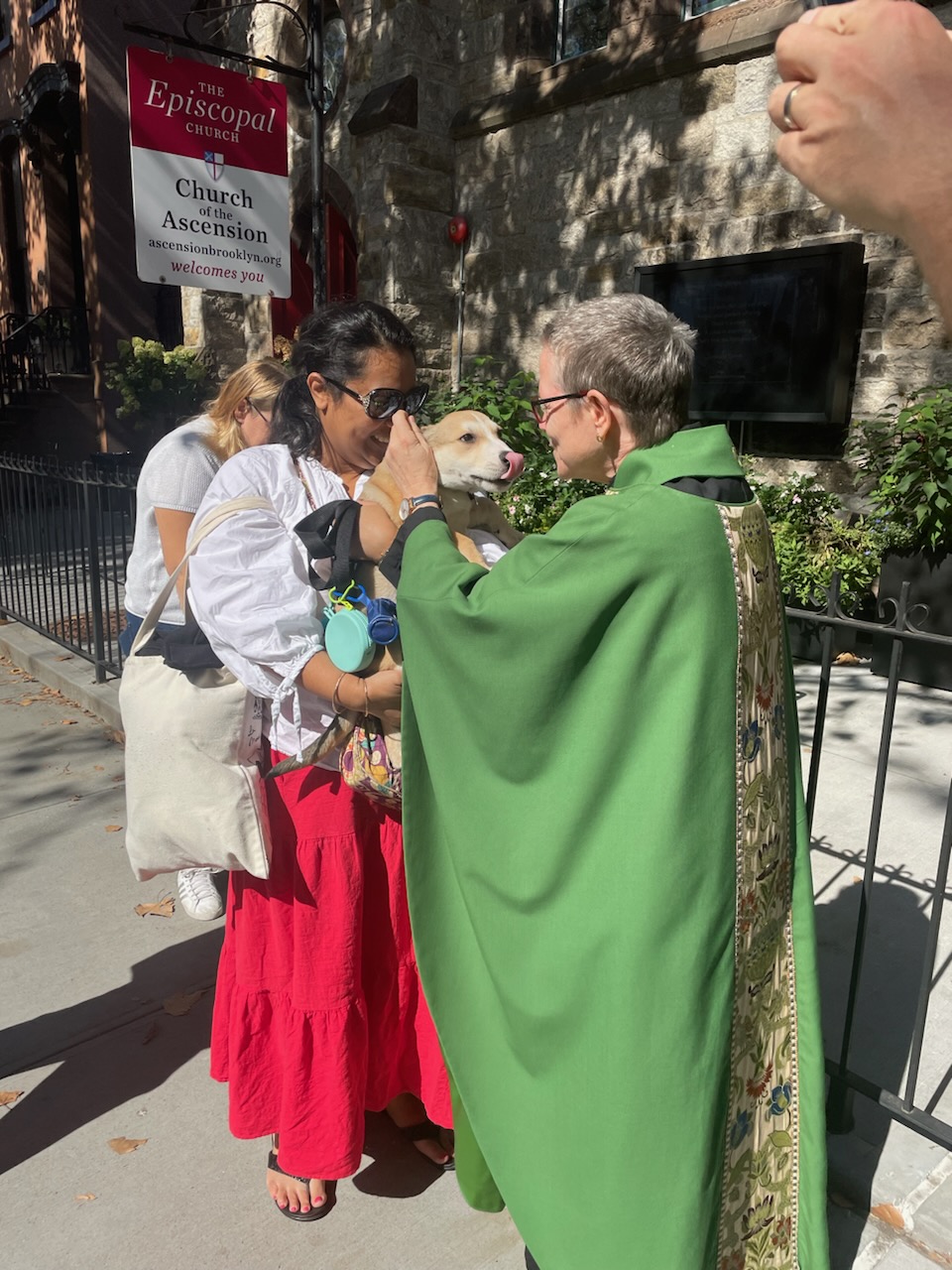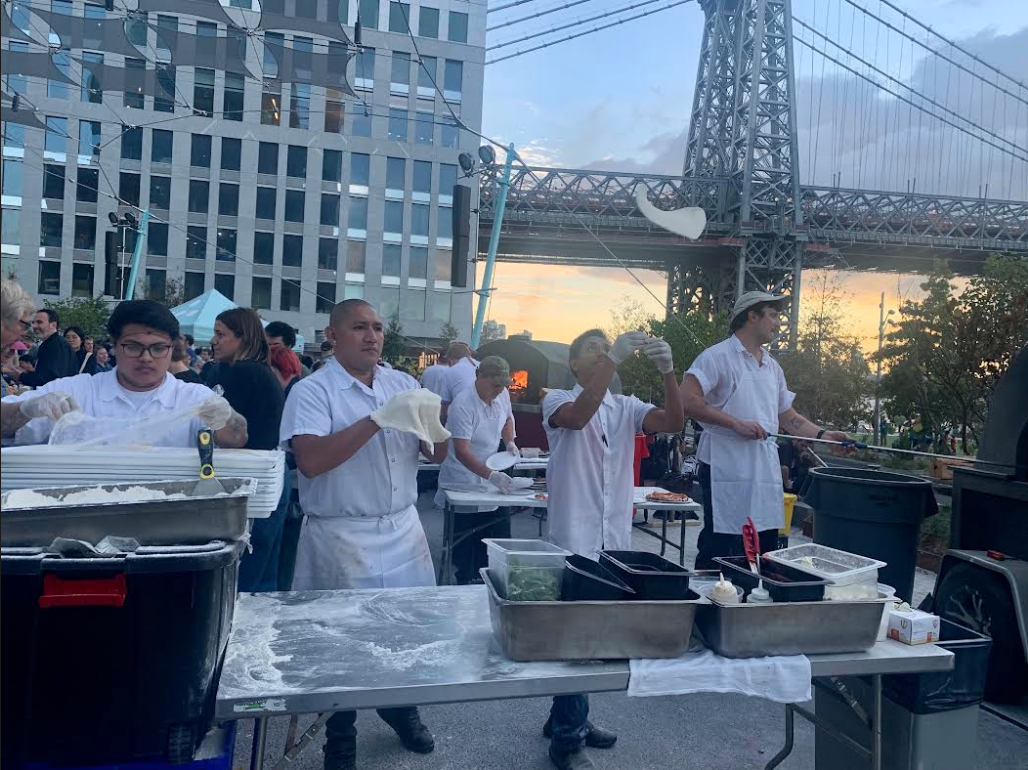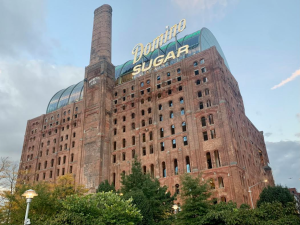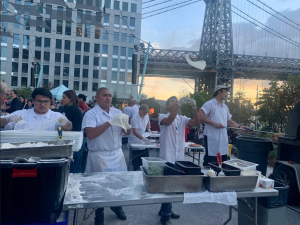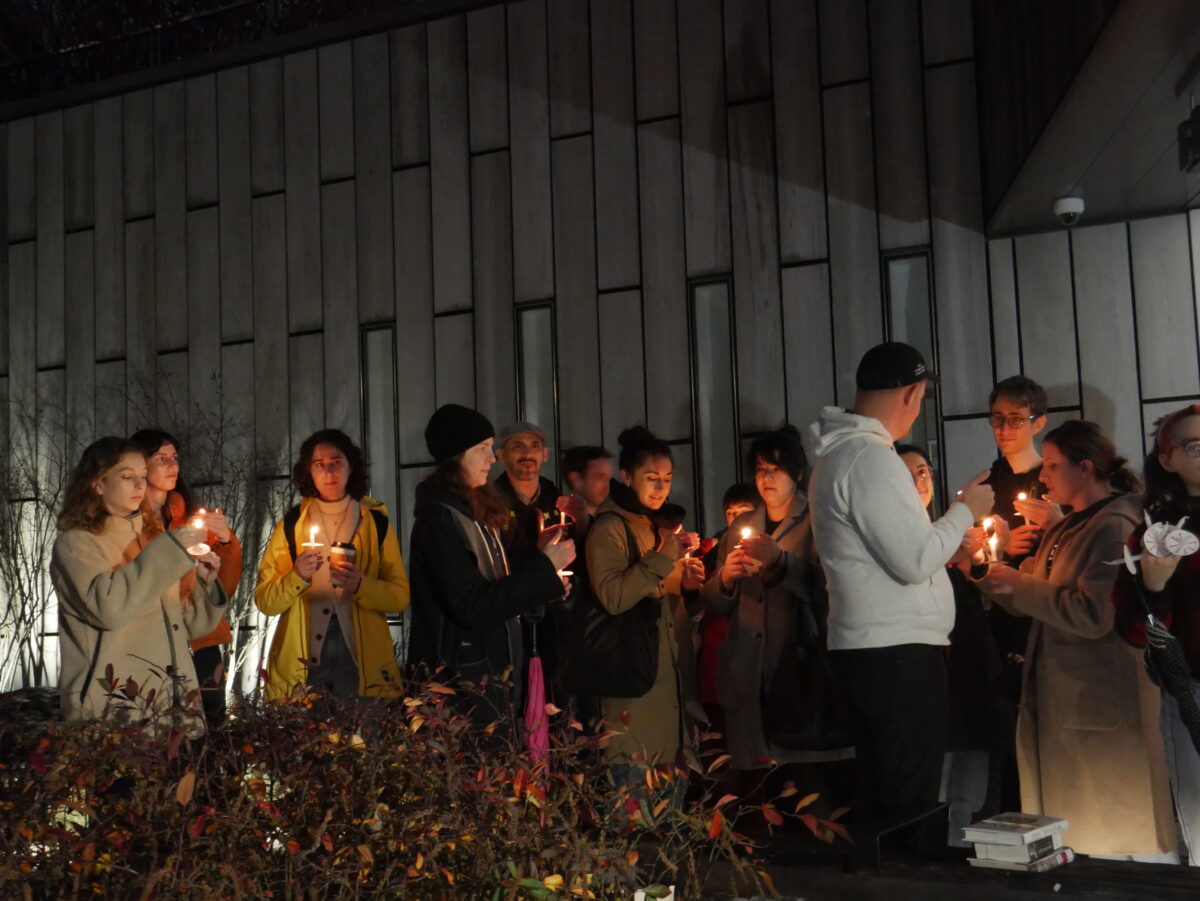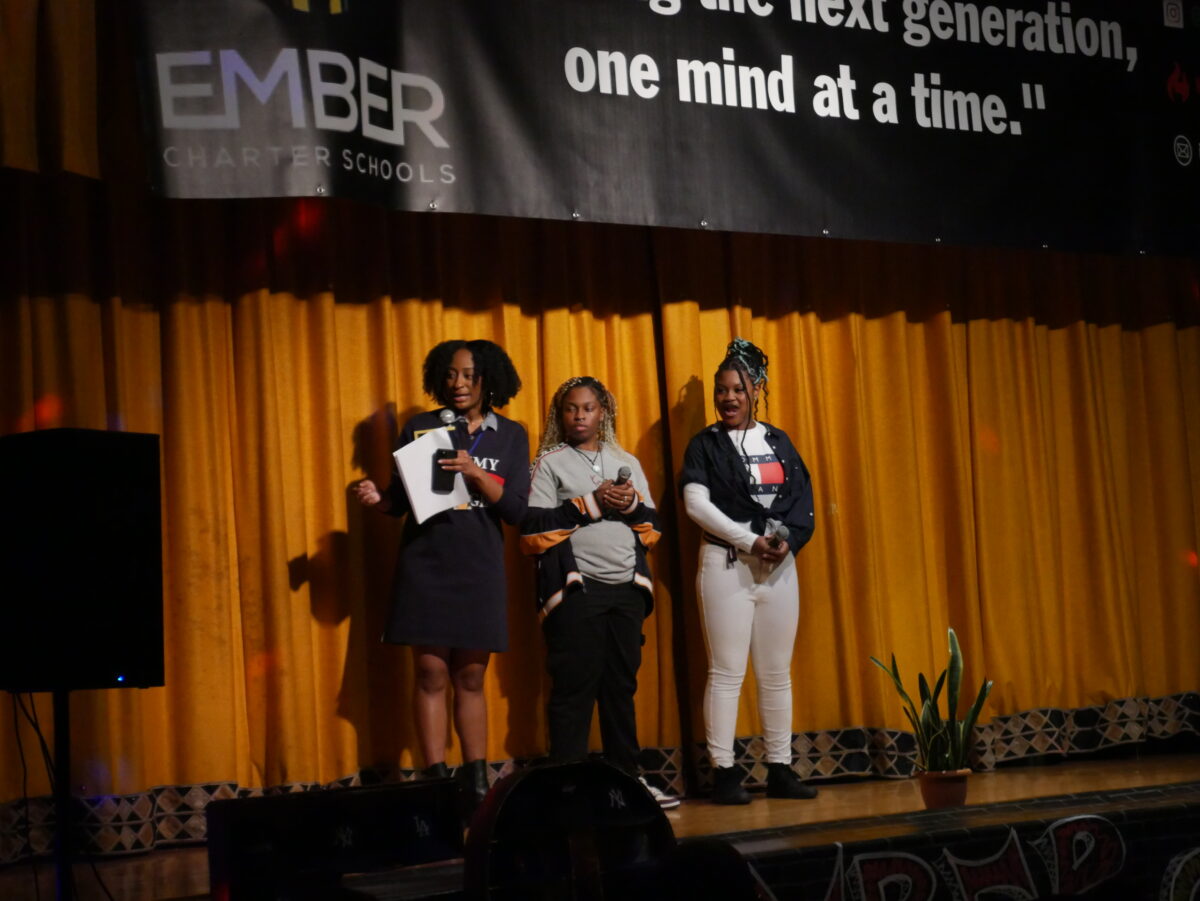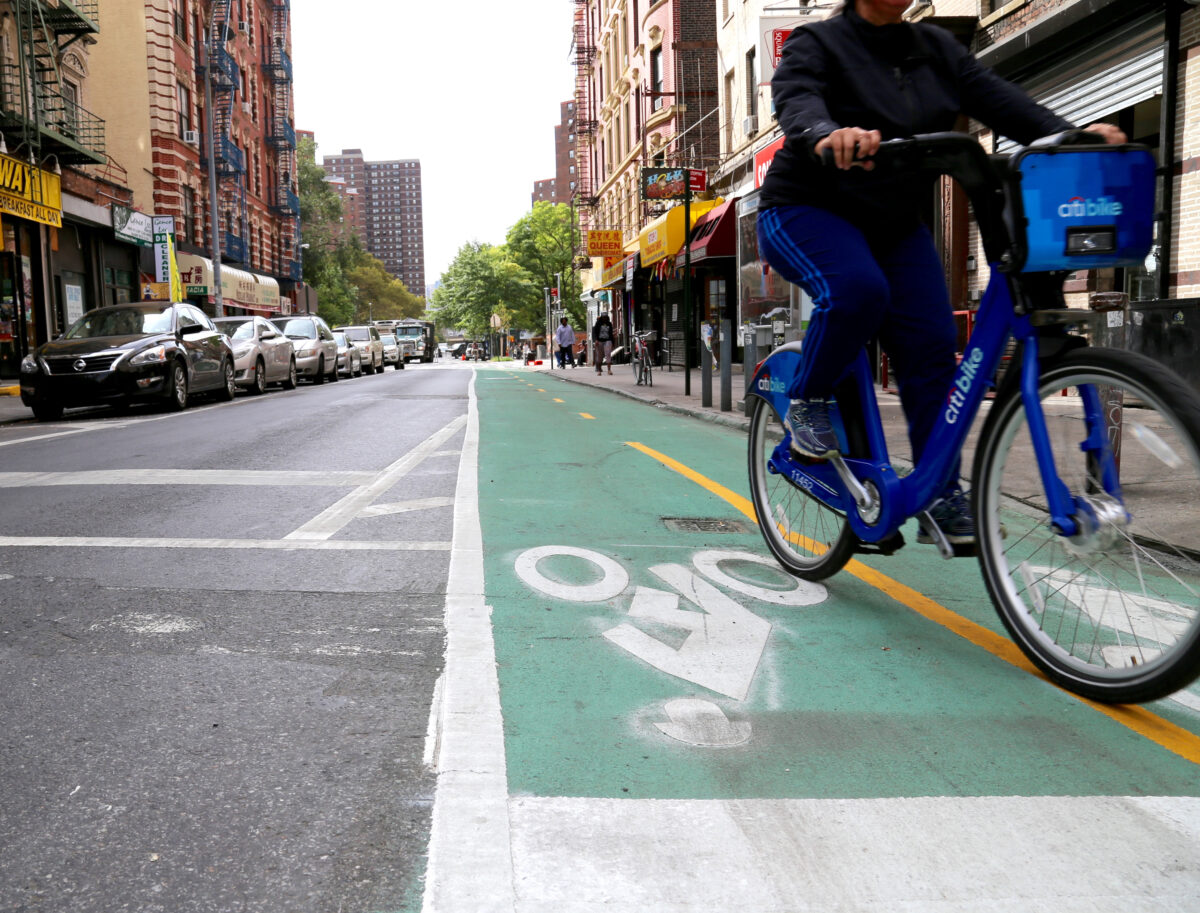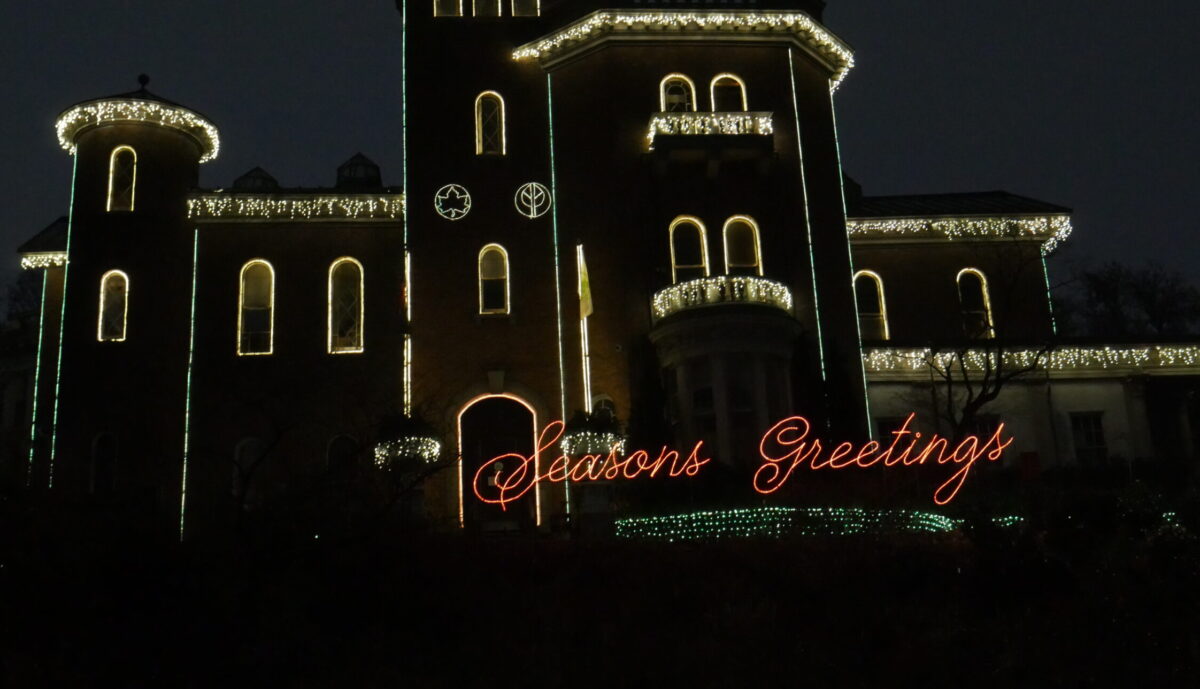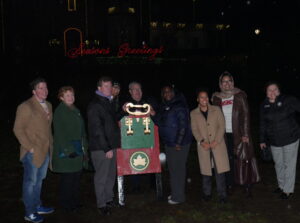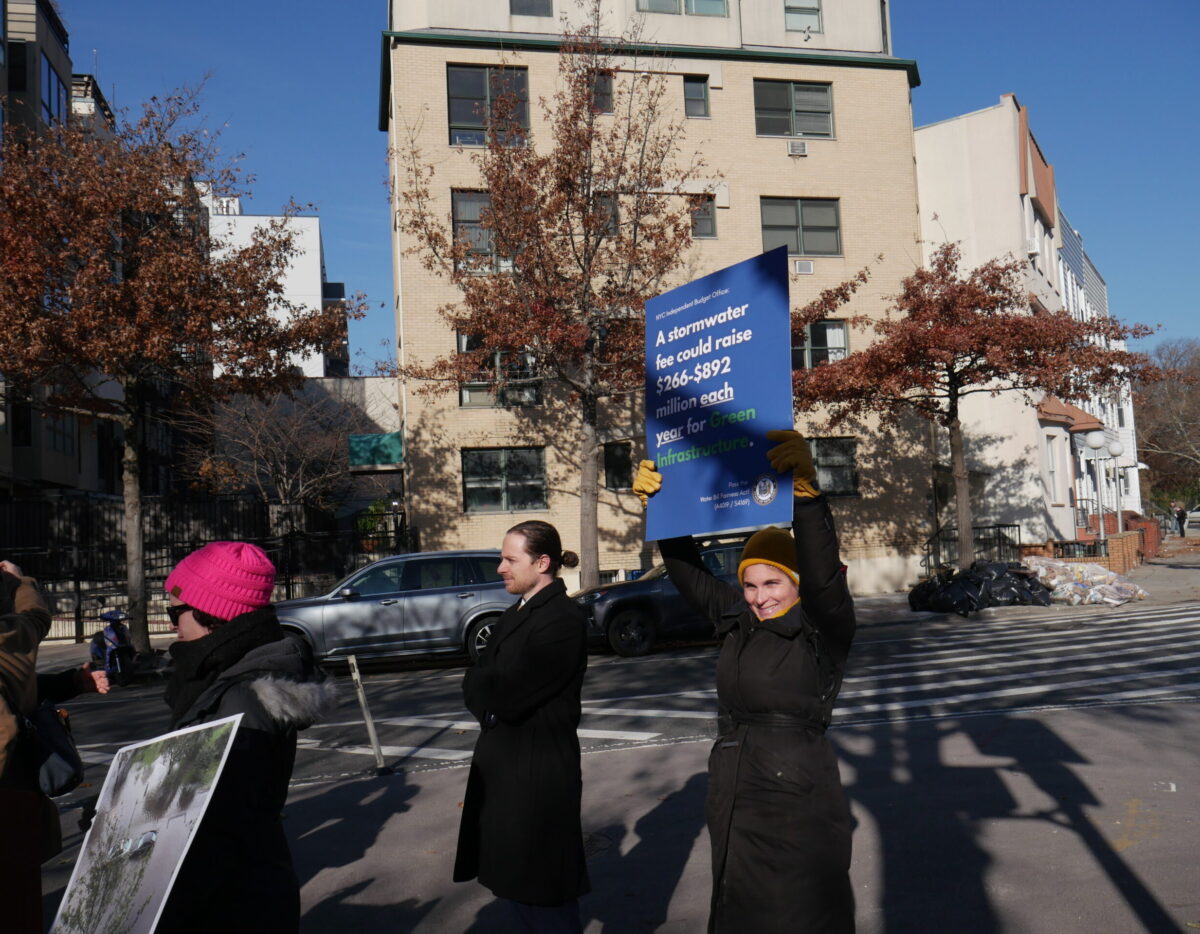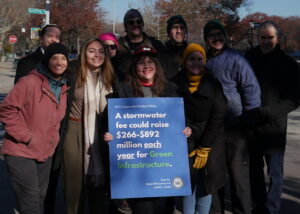By Oona Milliken | omilliken@queensledger.com
On Friday, Dec. 8, the hallways of Ember Charter Schools were decked with cultural symbols from what some would call one of New York’s greatest inventions: hip-hop. Kids, volunteers, parents and teachers mingled and chatted in the Bed-Stuy building for the school’s annual Culture Fest. Quilaya Dubose, senior operations manager for Ember Charter School, said she came up with the idea eight years ago when she wanted to create a holiday event that celebrated the various cultures represented at the school.
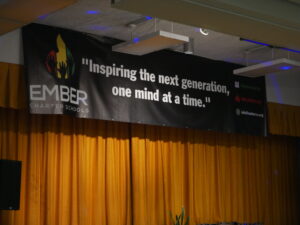
A banner at Ember Charter School’s Eight Annual Culture Fest
“Because we, Ember Charter School, focus on so many different cultures, we didn’t just want to lean on Christmas, or Hanukkah, or Kwanzaa. So our school’s leader, Rafiq Kalam Id-Dim, said ‘You can have something as long as you include everyone,’” Dubose said. “I had to think for a while, like ‘What can I do?’ Then it came to me. Culture.”
The event has a different theme each year. Last year, the theme was “Royalty in Our DNA: Past, Present and Future” to celebrate Black culture throughout the ages. This year, Dubose said the school wanted to pay homage to hip-hop music due to the genre’s deep roots in the borough. Iconic rappers like Jay-Z, the Notorious B.I.G and Lil’ Kim all hail from Brooklyn.
Culture Fest is split into three sections: a talent show with children from Ember, a walk-through installation in the school hallways and a potluck for students and parents. According to Dubose, there were approximately 800 people in attendance at the event. For the hip-hop theme, Ember staff and volunteers had decked the second floor of the school’s elementary school in Bed-Stuy with the faces of hip-hop greats, mock MTA stations names including “Tupac St” and “Biggie Ave. Station” as well as designated breakdance space for attendees who might be in the mood to dance.
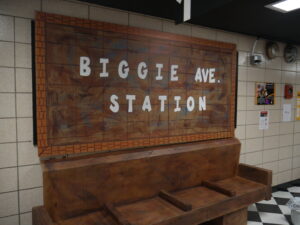
A mock MTA station in a tribute to Brooklyn’s Notorious B.I.G.
Rafiq Kalam Id-Din II, the founder of the Ember, said he started the school in 2011 in Bed-Stuy due to the neighborhood’s history of inequity. The school, which runs from kindergarten through 12th grade, has three campuses: an elementary in Brooklyn, a middle school in Brooklyn and a high school in Manhattan. Kalam Id-Din said he wanted to create a school that emphasized community, empathy, critical thinking and nurturing well-rounded students.
“I wanted to start in a historically-Black community that had deep roots but also high needs. Bed-Stuy represents both of those things,” Kalam Id-Din said. “We wanted to serve this community and we wanted to have the opportunity to help change things, to take lessons from our ancestors and elders and amplify them for the 21st century.”
The school is primarily made up of students of color, Kalam Id-Din said they might have had one or two white students since its opening, and uses an Afrocentric education model. The founder said the intention of the school was not to exclude anyone but to represent the community that they were in.

Students from the elementary and middle school dressed as famous hip-hop artists and R&B singers
“They say it’s not diverse, which is actually not true. We welcome anyone and everyone. The truth is, the Black and brown diaspora is rich with diversity, we have over 37 different countries represented,” Kalam Id-Din said. “That’s the thing we want to celebrate.”
Joanne Cruz and Rhian Reece, two students at the high school, were volunteers at the event. Cruz, a ninth grader, said Culture Fest was her favorite day of the year. She was helping out with hair and makeup for the talent show. While taking a break from their volunteering efforts, Reece and Cruz both said they liked the educational flexibility of the school.
“I feel like Ember gives us the opportunity and space to express our creative selves,” Reece said.
“And have freedom,” Cruz, an 11th grader, chimed in.
“There’s not a lot of things we can call community these days, [Ember is] community,” Cruz said.
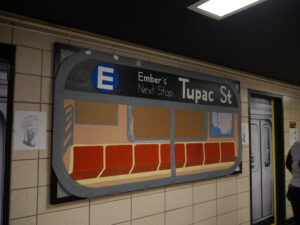
“Tupac St.” E Train Station in the halls of Ember
Natelege Alexander, a parent at Ember, said this was her first year at Culture Fest. Alexander had heard about Ember four years before her son enrolled; she said she chose the school based on positive reviews she had heard from other parents.
“They are very much involved in helping him excel and be better,” she said.
Alexander also expressed her excitement about Culture Fest.
“It’s my Culture Fest, it’s alive, it’s beautiful, the decorations are beautiful. Everything that everybody put into it, you can definitely feel and see. I love it.”
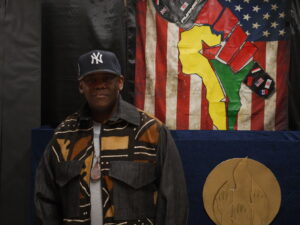
Ember Charter School Founder Rafiq Kalam Id-Din II
